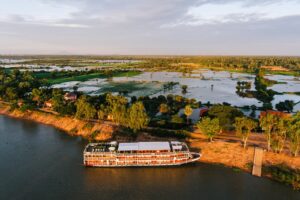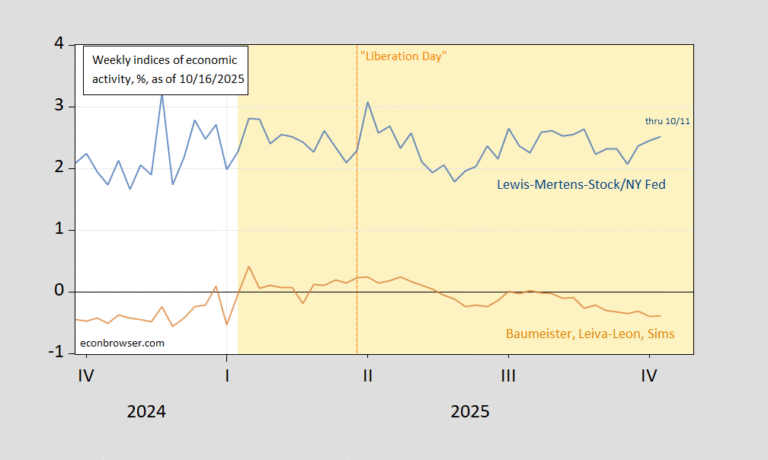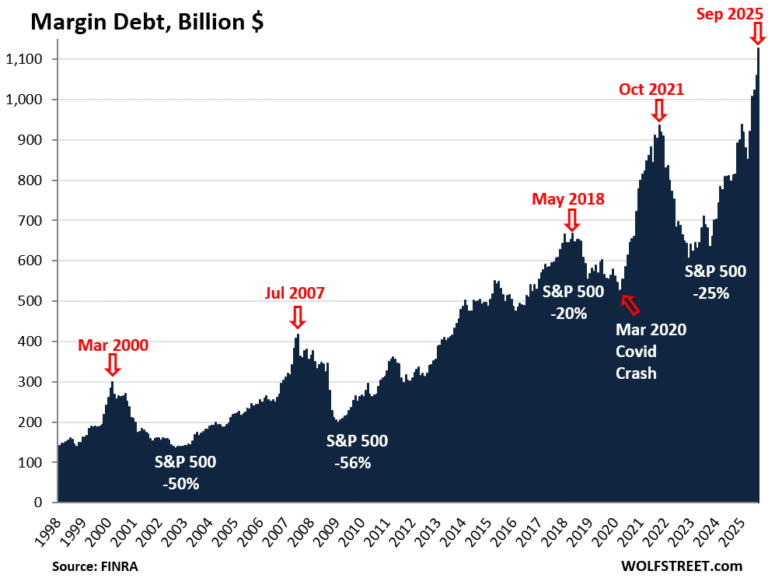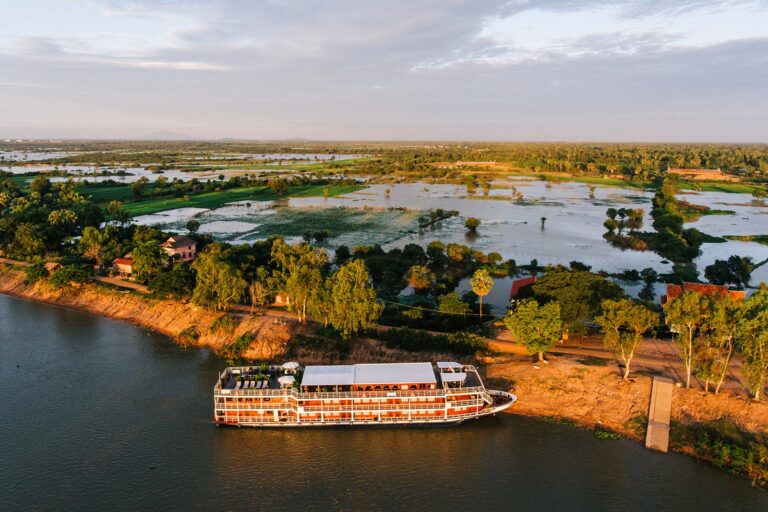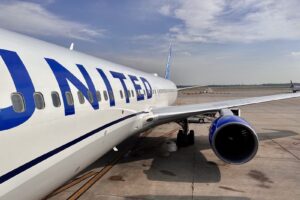Nothing exists in a vacuum. This is especially true when trying to understand the Middle East. There is no event that happens in this region that isn’t related to its overall direction. The recent clashes between Afghanistan and Pakistan should be read in that light.
When asked to explain what is happening between these two countries and the clashes that started on Saturday, October 11, George Galloway said, “I can’t remember the last time there was a conflict in the world that I don’t understand, but I’m afraid this is one of them.” This sudden eruption of violence seems almost unnecessary and difficult to explain. However, Galloway gave us a clue: “When war breaks out you can be sure that the person starting it has either just been to Washington or Washington has just been to them.”
As he correctly points out, Pakistan’s Prime Minister Shehbaz Sharif and Field Marshal Asim Munir — widely viewed as the country’s de facto ruler — were in Washington on September 25. Not only that, on Monday, October 13, at the Gaza Peace Summit, Sharif showered Trump with praise, such as, “You are the man this world needed the most at this point in time,” and Trump reciprocated, praising him and Asim Munir, saying that he was his “favorite field marshal.”
It might not be a coincidence, then, that as Trump was boasting of bringing peace to one part of the Middle East, another conflict erupted. On Thursday, October 10, there was an explosion in Kabul and another in the eastern province of Paktika. There were also reports of attacks in Khost and Jalalabad. The Kabul explosion killed five and injured 35, including women and children.
At first, Taliban government spokesman Zabihullah Mujahid downplayed the attack’s severity and did not ascribe blame. On Friday, however, the Afghan Ministry of Defense blamed Pakistan for the Kabul and Paktika blasts. The Pakistani government neither confirmed nor denied the allegations, but instead accused Afghanistan of supporting Tehrik-i-Taliban Pakistan (TTP) militias.
The Taliban promised to retaliate, and on the night of October 11–12 attacked Pakistani positions along the border, declaring their response to be over afterward—a claim Pakistan did not accept. Fighting continued into the morning with attacks on both sides. During the 12th, a cease-fire was announced, reportedly mediated by Doha and Riyadh. Each side claimed to have inflicted heavy casualties on the other, but the numbers remain unconfirmed.
Prior to the first explosion in Kabul, on October 10, there were large pro-Palestinian protests in different parts of Pakistan, including Lahore and the capital, Islamabad. The protests were not only to show support for Palestine but also to denounce Pakistan for serving U.S. interests. They ended with several deaths—at least five. The protests continued in the following days, and the Pakistani army used them as an excuse to crack down on TTP militants. Dropsite reports over 1,000 deaths and attributes the lack of information to Pakistan’s tight control over the media. However, these numbers seem too high to be hidden completely.
Tehrik-i-Taliban Pakistan is a Pashtun militant group that Pakistan considers a terrorist organization and accuses Afghanistan of harboring and supporting. In this region—as elsewhere—armed groups are labeled “terrorist” in line with the interests of those who control, or seek to control, the state. TTP certainly does not bear good wishes for the Pakistani state, but it could be argued that its roots predate Pakistan itself. The Taliban, on the other hand, accuse Pakistan of tolerating and even assisting ISIS-K members, who they blamed for the March Crocus attack in Russia and claimed it was orchestrated from Pakistan.
The border between Afghanistan and Pakistan, known as the Durand Line, was set in 1893 between the British Empire and the then Emirate of Afghanistan, which is not the same as today’s Taliban government. Today’s Taliban de facto accepts this border but does not officially recognize it. This boundary divides historical Pashtun territory between Pakistan and Afghanistan. Given that, it is arguable that those making up the ranks of TTP—a Pashtun militant movement—were there before the state of Pakistan, which only came into existence in 1947, coincidentally or not, a year before the state of Israel.
The Taliban does not officially support TTP, but both groups, having strong connections to Pashtun tribes, do not fight one another. However, they have shown support for Tehreek-i-Labbaik Pakistan (TLP), a Pakistani political party that has gained prominence since 2015. Zabihullah Mujahid, the Taliban spokesperson, expressed support on X for protests in Pakistan and accused the government of using excessive force to quash them. The Pakistani government, which used the protests to go after TTP, might have understood this as Afghanistan meddling in its internal affairs and responded with attacks on Afghan soil that initiated the clashes.
It is also probable that Pakistan wanted to send a message to Kabul after the visit of the Afghan foreign minister to India on October 10. In a joint statement, the Afghan minister expressed his “strong condemnation of the terrorist attack in Pahalgam, Jammu and Kashmir, India, on April 22, 2025,” which Pakistan understood as an endorsement of Indian sovereignty over Kashmir. Afghanistan might have chosen to do this to secure its investment in the Iranian-Indian port of Chabahar, which allows it access to the sea and a way to bypass Pakistan in its trade with India.
Afghanistan’s visit to India was part of an attempt to strengthen relationships and legitimacy with its neighbors. On October 7, Russia received the Afghan foreign minister for the first time since the Taliban’s return to power. Crucially, during this visit the minister assured his Russian counterpart that there would be no foreign military bases in his country—a clear reference to a previous claim by Trump.
On September 19, Trump claimed that the U.S. would take control of the Bagram Air Base, which was the largest during the occupation and which the Taliban took back when the U.S. withdrew. Two days later, the Taliban rejected this, saying they would not bargain with their sovereignty and that the U.S. should stick to the Doha Agreement. Trump soon posted on Truth Social that “if Afghanistan doesn’t give Bagram Airbase back to those that built it, the United States of America, BAD THINGS ARE GOING TO HAPPEN.”
Pakistan has historically been a close U.S. ally, with Washington backing military rule and the imprisonment of former Prime Minister Imran Khan, who sought to realign the country’s strategic interests away from the U.S. The U.S. has given Pakistan $32 billion over the last 20 years, but has lately been wary that the country is relying too much on China, especially for military equipment. A recent article in Foreign Affairs argues that the U.S. should prioritize relations with Pakistan over India to pursue its interests in the region—namely, containing China and Russia.
By exploiting existing rivalries between Pakistan and Afghanistan, the U.S. might be trying to pressure Afghanistan to accede to its wish to retake the Bagram Air Base. Bagram lies about 50 km from Kabul and relatively close to the border with China. Trump claimed that from it the U.S. could attack China’s nuclear installations—a dubious claim, since the exact locations are unclear. Regardless, Bagram has strategic value for the U.S.
Having a foothold in Afghanistan serves at least three purposes for the U.S. First, according to Andrew Korybko, “The restoration of US influence over Pakistan could lead to the latter controlling Russia’s access to Central Asia via PAKAFUZ on the former’s behalf if the NSTC becomes totally unviable. Additionally, if Afghan-Pakistani ties improve [this obviously did not happen, so the US might be looking to achieve the same result through enmity], then joint US-Pakistani influence could surge into Central Asia via that country to complement the expansion of Turkish influence there via Azerbaijan to maximally contain Russia on its southern front. Pakistan would prospectively supplant India as the U.S.’ top regional partner.”
Second, it serves to contain China’s influence in Central Asia. China brokered the rapprochement between Pakistan and Afghanistan. After re-establishing relations with Afghanistan in May, China arranged a trilateral meeting in August with Pakistan in Kabul. This would have allowed the China–Pakistan Economic Corridor (CPEC), a key leg of the Belt and Road Initiative, to be extended to Afghanistan. Control over Bagram would also allow the U.S. to monitor—and, if necessary, impede—Afghanistan’s land connection to China.
Third, the U.S. suspects that China provides weapons and other assistance to Iran through land using the border and route in Afghanistan. In the probable event of renewed conflict between Israel and Iran, the U.S. would have positions surrounding Iran: Iraq, the TRIPP corridor in Armenia, and Afghanistan.
Despite the initial agreement to halt the firing on the 12th, the fighting continued until Wednesday, October 15, when a 48-hour cease-fire was announced that is still standing at the time of writing. However, the reactivation of the conflict along the Durand Line has even led Korybko to speculate about a possible Pakistani intervention—including a Tajik nationalist element—to topple the Afghan government. In my view, given the Taliban’s history, that scenario has little chance of succeeding. But what seems clear is that the one that could stand to benefit the most from a conflict between Afghanistan and Pakistan is neither of them, but the U.S. and Israel.



